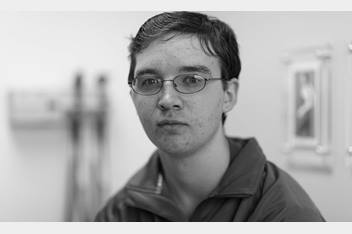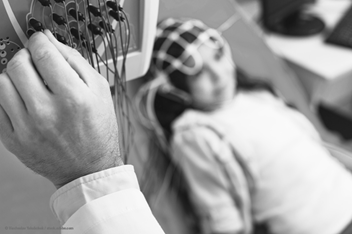Deep Brain Stimulation (DBS) for Epilepsy
What is Deep Brain Stimulation (DBS)?
Deep Brain Stimulation (DBS) is a medical treatment that can help reduce the severity and frequency of seizures in children with epilepsy. It involves placing small wires, called electrodes, into specific areas deep inside the brain. These electrodes are connected to a small device, like a pacemaker, which is placed under the skin in the chest. This device controls the electrical signals sent to the parts of the brain where seizures spread.Who is a Candidate for DBS?
Every child’s epilepsy journey is unique. The epilepsy team will review your child’s medical history, brain scans, and test results to decide if DBS is a good option. DBS might be an option if:- Seizures Aren’t Controlled by Medication: Your child’s seizures continue even after trying different anti-seizure medicines.
- Medication Side Effects: Your child experiences serious side effects from anti-seizure medicines.
- Other Treatments Haven’t Worked: Your child is not a candidate for other epilepsy surgeries, or these surgeries haven’t worked in the past.
What are the Benefits of DBS?
DBS is typically recommended for children with epilepsy whose seizures cannot be fully controlled with medications. It is a palliative surgery, meaning it is not designed to cure epilepsy but to reduce the number and severity of seizures.By sending small electrical pulses to parts of the brain that cause seizures, DBS can make seizures shorter, less intense, or less frequent. Over time this can allow your child to participate more fully in school, activities, and family life. In addition to improving seizure control, it may also allow for reduced doses of seizure medications, which can minimize side effects.
What are the Risks of DBS Surgery?
While DBS surgery is generally safe, there are some risks involved, including:- Infection: There is a small risk of infection where the device or electrodes are implanted.
- Bleeding or Swelling in the Brain: The placement of electrodes can sometimes cause minor bleeding or swelling in the brain. Serious complications are rare, but they are a possibility in any brain surgery.
- Device Issues: The device or its components may malfunction, requiring adjustments or, in rare cases, additional surgery to repair or replace parts.
- Pain or Discomfort: Your child may feel temporary pain or discomfort at the incision sites or around the device after surgery. This is usually manageable with medication.
- Continued Seizures: Some children may still have seizures after surgery, or they might experience new types of seizures.

Deep brain stimulation (DBS) uses a small, implanted device to send electrical signals to targeted areas of the brain, helping to reduce seizures.
Key: Size comparison (blue dot); Stimulation contacts (orange dot); Pulse generator (black dot)
What Happens During DBS Surgery?
During Deep Brain Stimulation (DBS) surgery, the care team will focus on safely placing a device to help reduce your child’s seizures. Your child will receive anesthesia, so they will be asleep and won’t feel any pain during the procedure.The surgeon will make small incisions on your child’s head and create openings in the skull to place thin wires, called electrodes, into specific areas of the brain that are involved in seizures. These electrodes are carefully guided to the right locations using advanced imaging and tools.
The electrodes are then connected to a small device, similar to a pacemaker, which is placed under the skin in your child’s chest. This device sends electrical signals to the brain to help prevent seizures.
Once everything is in place and working correctly, the surgeon will close the incisions with stitches, staples or glue. The procedure is carefully planned and monitored to ensure your child’s safety and comfort.
What Happens After DBS surgery?
After the surgery, your child will be transferred to a recovery area where they will wake up from anesthesia. Doctors and nurses will closely monitor their healing. The surgical site will be checked regularly, and your child’s care team will watch for any signs of complications, such as swelling or infection. Pain is typically mild and managed with medication as needed.The surgical sites may feel tender, but your child should begin to feel more comfortable within a few days. Most children can go home within one to three days after the procedure. Your child will continue their anti-seizure medicines at the usual doses and see the Neurology doctor a few weeks after surgery to have the DBS device programmed. This process may take a few adjustments over time to find the most effective settings.
Medical Reviewer: Ammar Shaikhouni, MD, PhD, Nationwide Children's Hospital
Date Last Reviewed: 7/25/2025
The information provided here is only for general reference and should not take the place of medical care or patient education. If you have any questions, please call our Epilepsy Surgery Clinic at (614) 722-4625.


